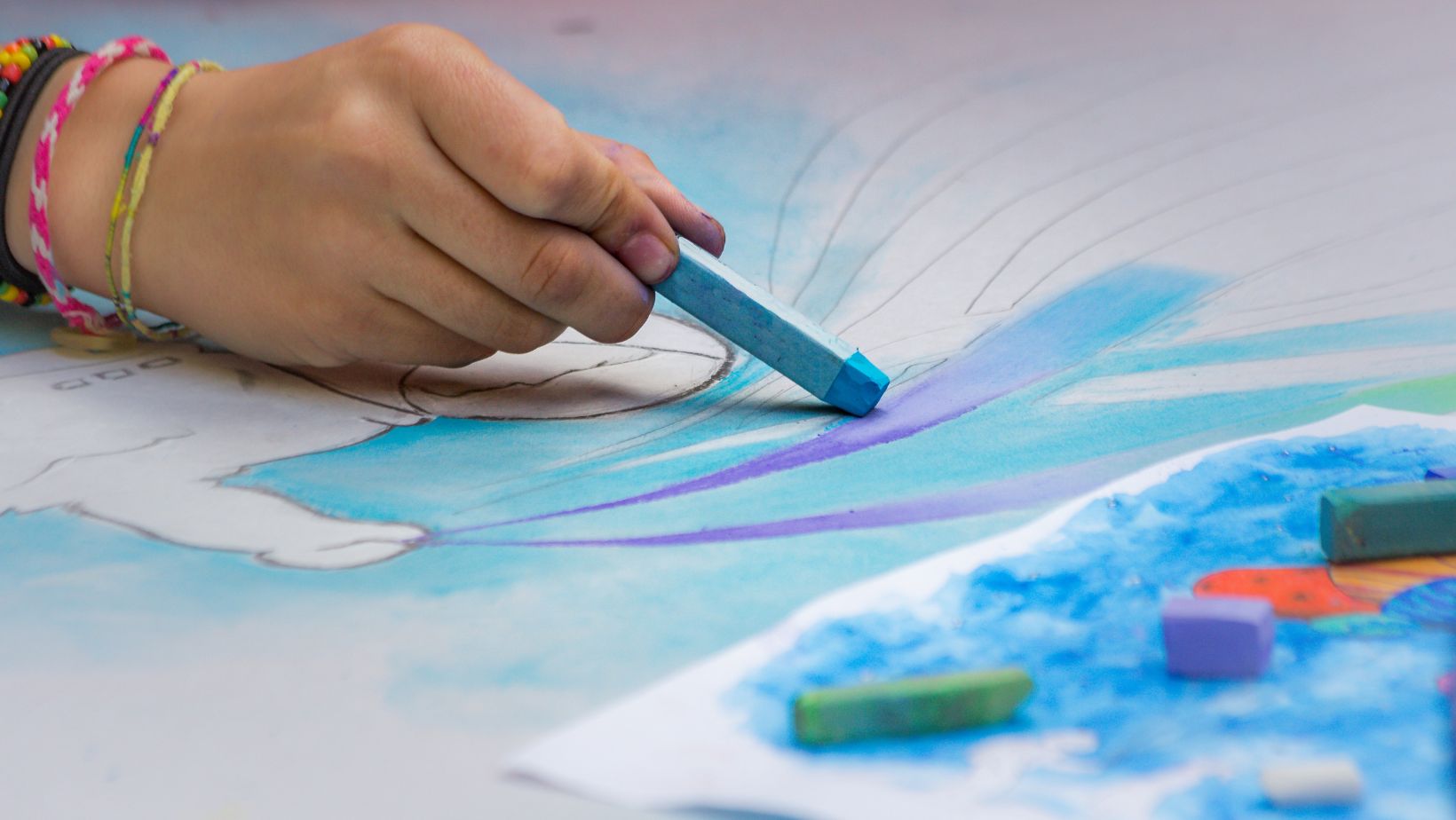Table of Contents
ToggleHow to Fill Background in Illustrator
Pattern fills are a powerful tool in Illustrator that allow you to add texture, depth, and visual interest to your designs. Whether you’re looking to create intricate backgrounds or add unique patterns to specific objects, pattern fills can help you achieve the desired effect. In this section, we’ll explore how to use pattern swatches, create custom patterns, and apply them to objects.
Using Pattern Swatches
One of the easiest ways to apply a pattern fill in Illustrator is by using pre-made pattern swatches. These swatches come bundled with the software and offer a wide range of options for you to choose from. To access them, simply open the Swatches panel (Window > Swatches) and navigate to the “Patterns” folder.
Once you’ve selected a pattern swatch, you can apply it to any shape or object on your artboard. With the object selected, click on the desired pattern swatch in the Swatches panel and watch as it instantly fills your shape with the chosen pattern. You can also adjust properties like scale and rotation for further customization.
Creating Custom Patterns
If none of the pre-made patterns suit your needs, Illustrator allows you to create your own custom patterns easily. Start by selecting an object or group of objects that you want to turn into a pattern. Then go to Object > Pattern > Make. This will open up the Pattern Options dialog box where you can fine-tune various settings such as tile type, spacing, and overlap.
Experiment with different configurations until you achieve your desired result – whether it’s a seamless repeating pattern or something more asymmetrical and organic. Once satisfied with your design, click “Done” in the top control bar to save your custom pattern.
Applying Patterns to Objects
Now that we have our custom patterns ready or have chosen from existing ones, let’s learn how to apply them efficiently onto specific objects within Illustrator. First select an object or group of objects that you want to fill with a pattern. Then navigate to the Appearance panel (Window > Appearance) and click on the “Fill” button.
In the Fill panel, you’ll find a variety of options to apply your chosen pattern. You can select from the available swatches or choose your custom pattern from the list. Additionally, you can adjust properties like scale, rotation, and opacity directly within the Fill panel for further control over how your pattern appears.
By utilizing pattern fills in Illustrator, you can take your designs to new levels of creativity and visual appeal. Whether using pre-made patterns or creating your own custom designs, these advanced techniques will allow you to fill backgrounds and objects with captivating patterns that enhance your artwork.

Texture Fills
In the world of digital design, filling backgrounds with textures adds depth and visual interest to your illustrations. In this section, we’ll explore three advanced techniques for filling backgrounds in Adobe Illustrator: using texture images, applying gradient meshes, and creating custom textures.
Using Texture Images
Texture images provide an easy way to add realistic or stylized patterns to your background fills. With Illustrator’s powerful image tracing capabilities, you can convert any photograph or artwork into a vector texture that seamlessly fills your composition.
To use texture images, follow these steps:
- Select the area you want to fill with a texture.
- Open the “Swatches” panel and click on the small menu icon at the top-right corner.
- Choose “Open Swatch Library” and select “Other Library”.
- Locate your desired texture image file (.jpg or .png) and open it.
- The image will appear as a new swatch in the panel; simply click on it to apply it to your selected area.
Remember to adjust the scale and opacity of the texture fill according to your design needs. Experimentation is key here – try different textures and blending modes to achieve unique results!
Applying Gradient Meshes
Gradient meshes allow you to create smooth transitions between colors within a defined shape or object. This technique can be particularly useful when trying to achieve complex shading effects or adding depth to your background fills.
To apply gradient meshes:
- Select the shape or object you want to fill with a gradient mesh.
- Go to the “Object” menu, choose “Create Gradient Mesh”, and set your desired number of rows and columns.
- Click “OK,” and Illustrator will generate a grid of anchor points within the selected shape.
- Use the Direct Selection Tool (A) or Gradient Mesh Tool (U) to manipulate individual anchor points by changing their color values or adjusting their positions.
- Experiment with different color combinations and shading techniques to achieve the desired effect.
Gradient meshes offer a versatile way of filling backgrounds, allowing you to create realistic gradients or stylized patterns that enhance your overall design.






